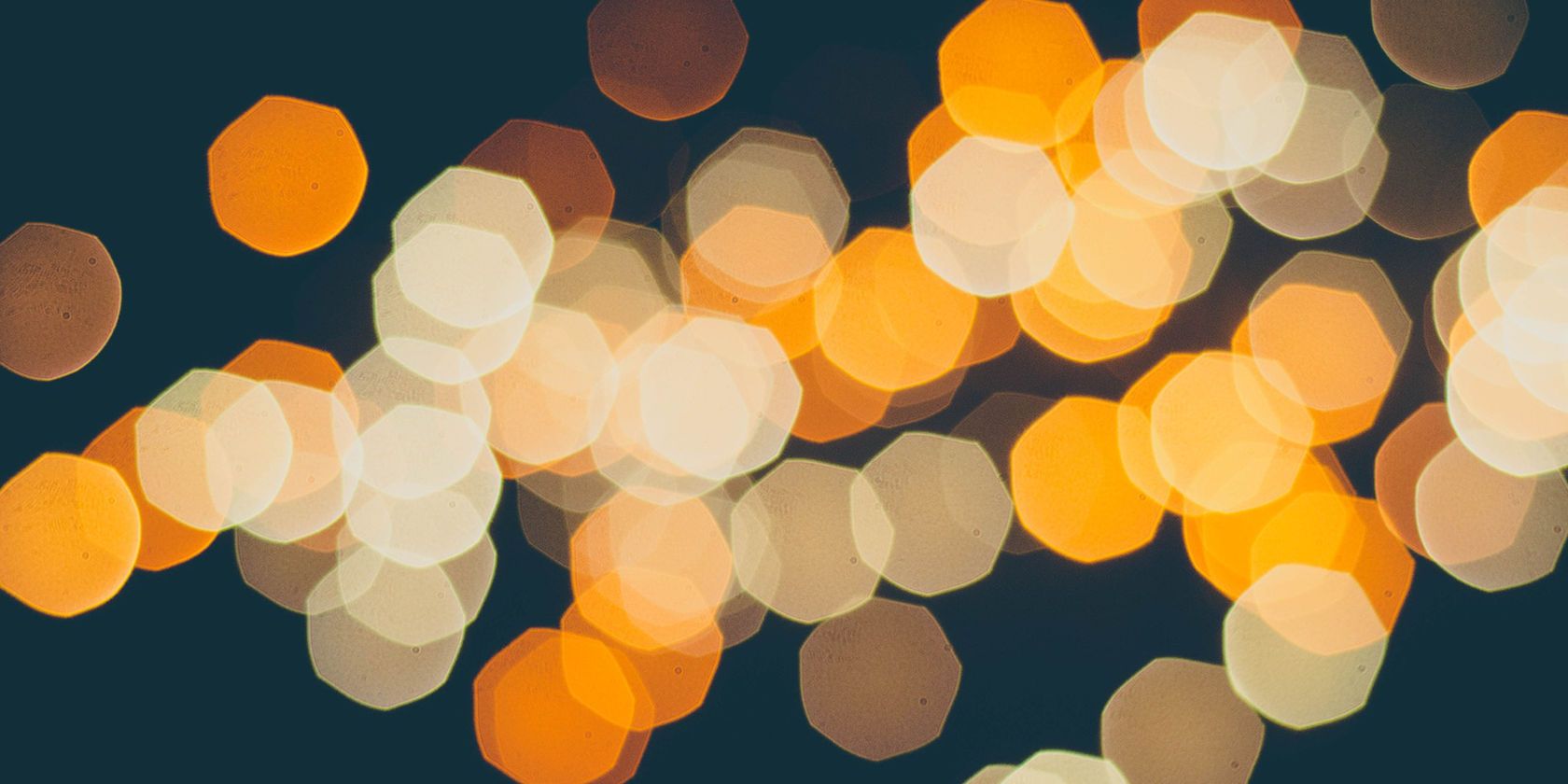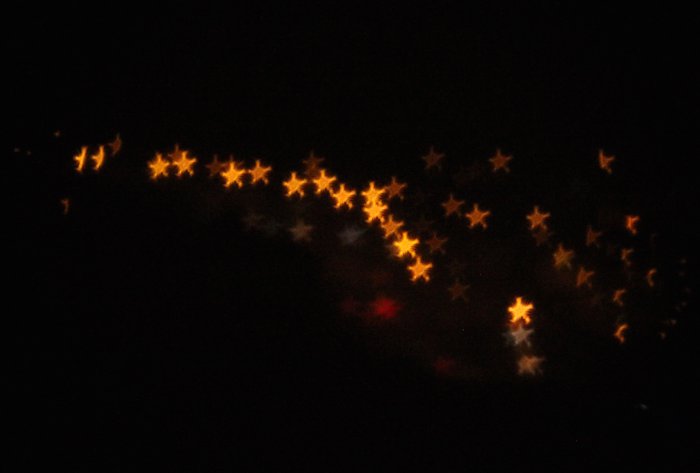

Next work with the Light Range sliders and start moving white, then black, until finding the optimal ratio of values. Start adding a bokeh by setting Light Bokeh to 100. Now let’s set the settings for the bokeh. If you want to remove any of the pins, select it and press Delete on the keyboard. Also, I used several pins with a smaller Blur values near the area in focus in order to create a softer transition from blurred to sharp areas. For the edges of the image, start with larger Blur values, and then reduce it, if necessary.

Begin to apply a blur from the edges of the image and in problem areas that you want to hide by clicking on the place where you want to add pins or drag and drop existing pins to the desired place.Īdjust the blur intensity or remove it on the Blur Tools panel or use the blur handle around the pin itself. So, for a pin in the center, set the Blur value to 0px and move it to the place in your image that should stay in sharp focus. Your workspace has been changed to the Blur Gallery dialog box and you are shown a control pin in the center of the image (if there are no pins visible, try Cmd/Ctrl+H or go to View > Extras, to hides/shows guides, controls, etc.). Go to Filter > Blur Gallery > Field Blur.

Next, on the Layers panel, right-click on a layer and choose “Convert to Smart Object” (Layer > Smart Object > Convert to Smart Object). Open the image, to which you want to apply the effect in Photoshop via File > Open or use Cmd/Ctrl+O shortcut or just drag and drop the image from your file explorer into Photoshop. Note that this does not work in older versions of Photoshop! Blur Gallery is available in the filter menu, starting with Photoshop CC 2014, and has five blur effects with additional features, such as Motion Effects, Noise, and Bokeh. So, let’s start with the most interesting and powerful features of Photoshop CC – the Blur Gallery and Field Blur filter.

Areas for using this technique and the creative possibilities are huge, so I suggest that you start with a practice. It’s very handy to use such effects if you want to hide some flaws or unsuccessful or empty parts of the composition.Īlso, it is often used to create lighting and foreground effects, additional details that help to immerse the viewer in the atmosphere of the scene much more. You can use this as an artistic style, to pay attention to a certain object or interesting composition. This effect can be done during the shooting process or synthetically added in post-processing. Under certain shooting conditions on a blurry background, there may appear some beautiful circles or blurred highlights – that is called bokeh. You can use these techniques on any image and get surprising results, I just want to show you the principles and workflow.Įverything is about the creative approach, so do not hesitate and experiment!Ī shallow depth of field (DOF) is when the desired object (focus point) appears sharp and everything else is blurred. Described techniques and features will be available depending on Photoshop versions, which I will mention in the process.
#Bokeh filter how to#
In this article, you will learn how to work with new and old filters and their features, creatively apply textures, even create a bokeh texture from scratch.Īlso, you’ll learn some small secrets and useful features of digital artists. Perhaps you want to creatively improve your image, already taken with a depth of field and bokeh or create this effect from scratch for a specific composition.


 0 kommentar(er)
0 kommentar(er)
